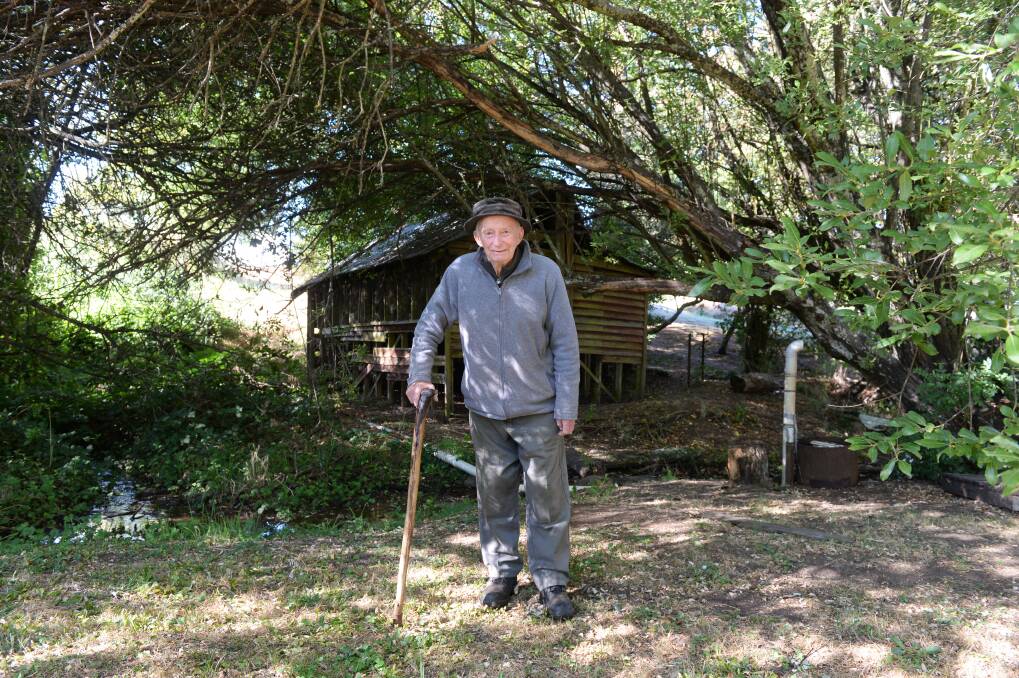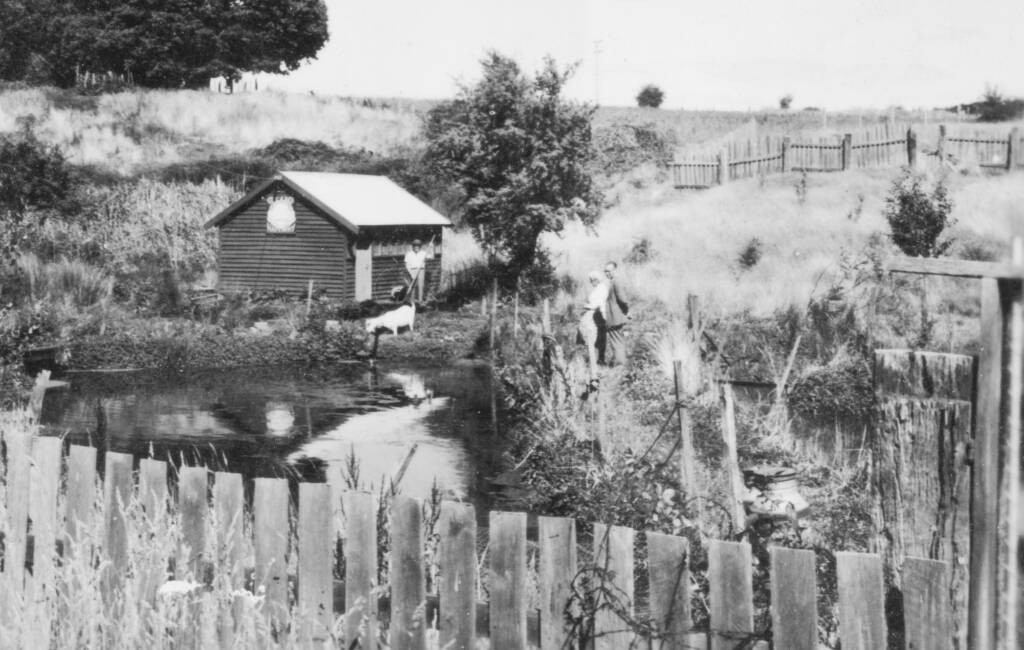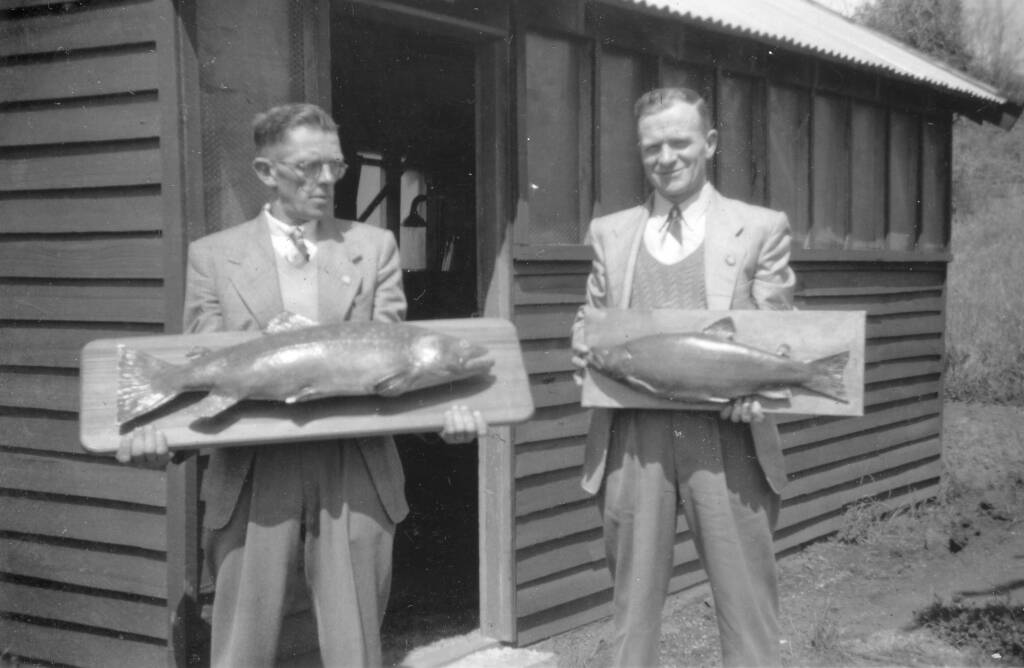
When you think of Daylesford, you may think of mineral springs or of the arts scene but did you know that McCain Foods established a potato factory in the town when it first arrived in Australia?
Subscribe now for unlimited access.
or signup to continue reading
A young Harrison and Wallace McCain opened the McCain frozen food business in their hometown of Florenceville, Canada, on February 23, 1957.
Today, the company, that supplies to fast food chains McDonalds and KFC, has almost 60 factories in a host of countries including in the United States, England, Russia, the Netherlands and in Australia.
Coming to Australia
In 1971, Wallace McCain visited what was then Australian potato country, where he came across a small potato processing plant at a former woollen mills factory, which was fortuitously for sale in East Street, Daylesford.
The effect the McCain factory had on the Daylesford township is outlined in a book about the company's history, titled From The Ground Up, by author Daniel Stoffman. The book reveals Wallace was impressed by the proximity between the fields of potatoes and the factory.
However, the acquisition of the plant turned out to be disastrous for the small town. It wasn't the factory so much as the chemicals that were used were suspected of being damaging to surrounding farmers.
After it became clear that the facility was not working, McCain decided to build a new factory in nearby Ballarat. But this meant many workers were to lose their jobs in Daylesford, with their anger sparking the factory to close early - much before the Ballarat factory was ready to move into. The Ballarat plant was opened in 1975 and remains one of the town's largest employers.

Community-run trout hatchery
The Daylesford Trout Hatchery, on Cornish Hill, was a community enterprise and one of the most well-known and respected in Australia at the time.
Lifelong Daylesford resident Monty Kirby, now in his 90s, was a volunteer at the trout hatchery. He remembers it as being a business the town could be proud of, and one that attracted many visitors.
Mr Kirby volunteered at the hatchery on behalf of Daylesford Angling Club, who used one of the holding ponds to fish. He said the production of trout was an intricate and involved process.
First eggs were harvested from brown trout by netting fish in local streams, milking females and sourcing males to complete the fertilisation process. The eggs were then laid between glass tubes on wooden boards over which water from the East Street spring flowed.
It was believed the eggs would be contaminated if the glass tubes lay directly on the wood. The eggs would hatch in around 31 days as the water flow maintained temperature and allowed the eggs to receive necessary oxygen to live.
Fertile eggs were monitored closely and stored in a wooden shed. Once hatched, the tiny creatures were transferred to a holding dam at the site where they fed on minced bull's liver and were allowed to grow to four inches. This usually took between 12 and 24 months.
Once grown, the fish were transferred to either Daylesford or Jubilee Lakes or to dams on private properties.

As no records were kept, it is difficult to ascertain how many fingerlings were hatched, but Mr Kirby said the site cared for thousands at a time.
Unfiltered wastewater from the McCain factory flowed freely into the sewer system, contaminating nearby creeks, dams and subsequently poisoning cattle.
The factory utilised caustic soda to remove potato skins, with the poison flowing freely into Smiths Creek, resulting in the deaths of thousands of fingerlings and eggs at the hatchery.
Mr Kirby said once McCain's became aware of the problem it started diverting its wastewater into a local dam, the Balharrie's.
All was fine until McCain's increased production runs from one to three times per day, meaning pollution increased, the pipeline became clogged and the dam contaminated with waste, cooking fat and potato skins.
Many locals complained to the council at the time, with the hatchery destroyed and many farmers affected.
Remembering the past
Today, the area where the esteemed trout hatchery once stood is lush and green while the remnants of its past, the shed and hatching pond, remain.
Margaret Thomas of The Friends of Cornish Hill, a volunteer-run group who has worked tirelessly to restore and maintain the historically significant site, said the notable past is worth acknowledging.

She and two other women thought it would be worthwhile pursuing McCain's to fund a display board so visitors to Cornish Hill, which also has a compelling mining history, would be enlightened by its rich past.
"I gradually learned from speaking to people like Monty and Mick Carrick, who had been involved back then, how much time and dedication was contributed towards the success of the hatchery," she said.
After initial contact with McCain in 2017, it was agreed the sign would be funded but communication dried up. But Ms Thomas wanted recognition for the community members whose hard work at the hatchery had been destroyed.
"We could have left it there but I felt very determined to make [McCain] accountable. There is always more than one way to skin a rabbit," Ms Thomas said. She didn't meet George May, who spent almost all of his time at the community enterprise and has since passed away, but knows it was a very important part of his life.
"If I was involved in such an enterprise all those years ago, like George, I would have been devastated that a large company could be so reckless and act so disrespectfully. I guess having been involved with Friends of Cornish Hill for so long now, I could identify how it would feel if I found myself in that position," she said.
The Courier contacted McCain Foods. A spokesperson said the company would fund a display board and that it was currently in the planning process and could not give a time frame.

